Rowntree Park: our legacy from the First World War
Kate Davy has been exploring an important commemorative landmark:
Joseph Rowntree’s great gift of a park to the people of York was his tribute to the 200 workers of Rowntree Cocoa Works who died or suffered during the First World War. At the opening ceremony in July 1921, he told the many hundreds of people listening in the crowd: “Is it not fitting, and would it not surely be in keeping with the wishes of those who so greatly suffered, that their loss should be perpetually commemorated by such a place as this, which will, we hope, help to bring new life and vigour into the lives of many.” (Yorkshire Herald, 18 July 1921)
Addressing the crowd after his father, Seebohm Rowntree hoped that the park might keep green in their memories, and those who were to come after them, the high ideals for which England had entered the war. Those ideals, Seebohm said, included making the world a better place to live in, fairer cities, kindlier industrial conditions, brotherly international relationships and co-operation between fellows for the common good.
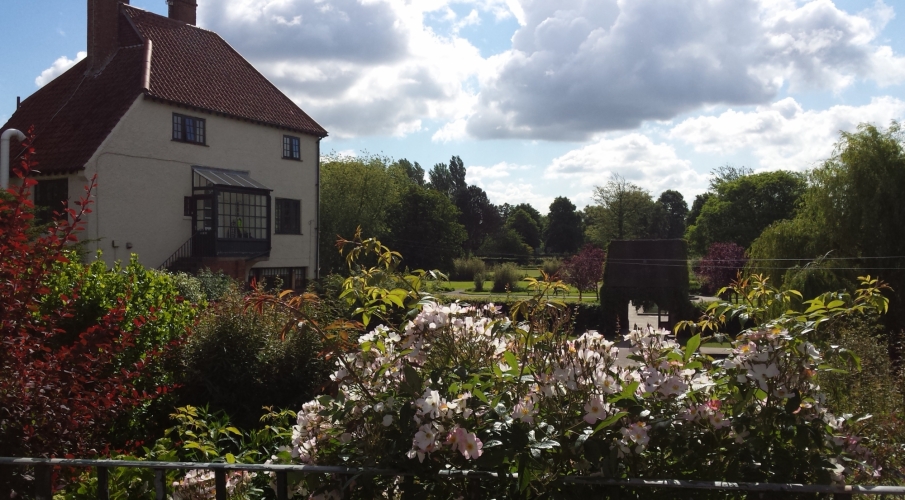
Rowntree Park
Rowntree Park became York’s first municipal park. In the summer of 1918, even before the war had ended, Joseph Rowntree, the city’s largest employer at the time, began negotiations with York City Corporation for a memorial park. By the end of 1919, he had signed the deeds on Nun Ings, approximately 20 acres of water meadow alongside the river at Clementhorpe, for the sum of £1,500.
From the beginning, Joseph Rowntree took an active role in planning and creating the park, enacting his social and Quaker values. He resolved, during a period of high unemployment, to employ unskilled men and create a park that would promote well-being and offer something to everyone. To this end, the park was laid out into formal and informal areas that were accessible to all and facilities included an ornamental lake, bowling greens, outdoor swimming pool, aviaries, tearoom and a snack bar, offering free hot water. One covenant attached to the gift of the land forbade the “sale or distribution or provision of intoxicating liquor or for betting gaming or wagering”. Additionally, as reported by the local paper “there is a very extensive promenade in front of the bandstand, which, by the way, is large enough to take a full orchestra.” (Yorkshire Evening Press, 15 July 1921)
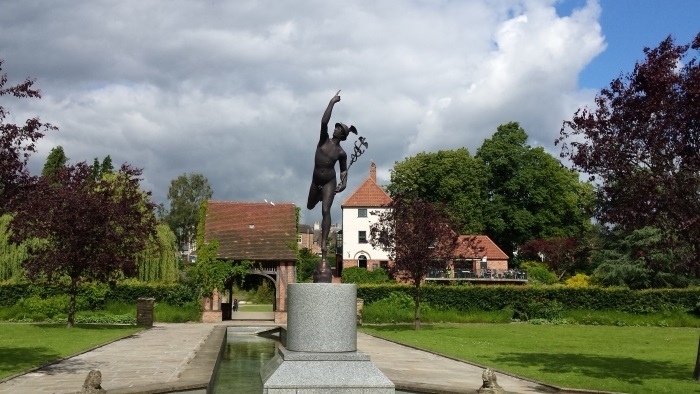
At the heart of the park, and to which all paths led, was the lych gate. A dovecote built into its roof symbolised the eternal peace that Joseph and Seebohm Rowntree longed for after the war. Inside a commemorative bronze plaque was inscribed with these words:
“This park and the adjoining playing fields were given to the city by Rowntree & Co. Ltd to the memory of those members of the company’s staff who at the cost of life and limb or health and in the face of inconsiderable suffering and hardship served their country in her hour of need. Many were inspired by the faith that this war might be the end of war – that victory would lead to an enduring peace and to greater happiness for the peoples of the world. The creation of the League of Nations will be a fitting crown to the faith and hope of the men who have fought and a true memorial to their endurance, heroism, comradeship and sacrifice.”
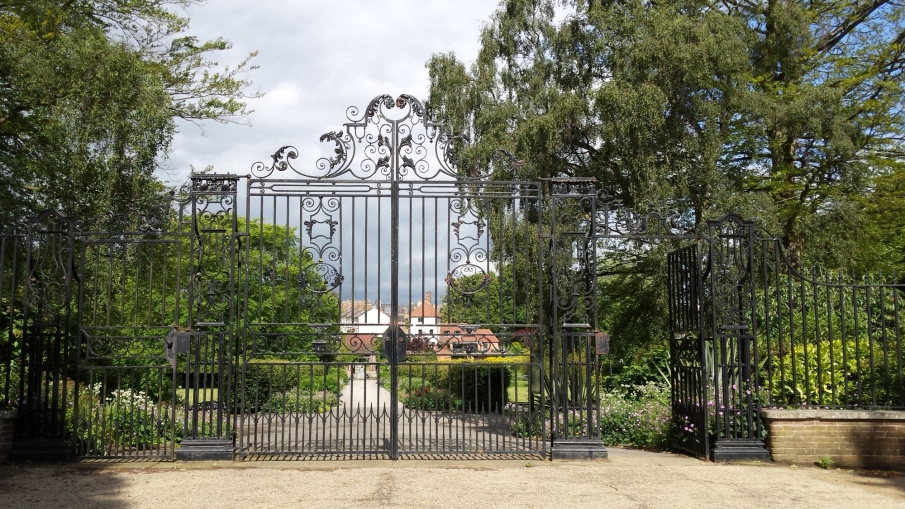
WW2 commemoration gates at Rowntree Park
Later in 1954, as a memorial to the Second World War, the Rowntree factory donated the iron entrance gates on Terry Avenue and a second bronze plaque was added to the lych gate.

But on what the papers reported as the brilliantly fine afternoon of July 16, 1921, and as an act of faith in the future, the philanthropist Joseph Rowntree ended his speech to the crowd: “In conclusion, let me say how greatly I desire that in the days to come this park will afford to many rest and recreation from the stress and turmoil of life, and bring health and happiness to large numbers of lives.” Thanking Messers. R. & Company on behalf of his fellow citizens, the Lord Mayor of York called it a magnificent gift and “the crowning point of all that the Rowntree firm has done for the city. It is a handsome and noble gift which we appreciate to the full.” (Yorkshire Herald, 18 July 1921)
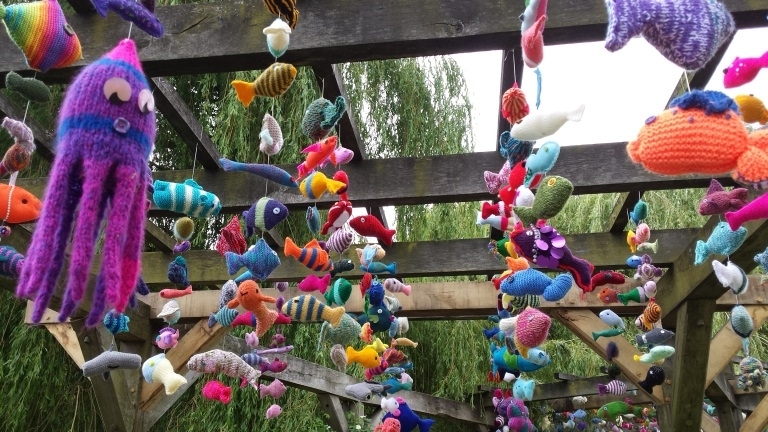
Fantasy Fish Yarnstorm installation to raise funds for York Flood Appeal at Rowntree Park, June 2016
Bibliography
Yorkshire Evening Press
Christine and John Dowell, A Walk in the Park: A History of Rowntree Park, published by the Friends of Rowntree Park
www.rowntreepark.org.uk
http://www.rowntreesociety.org.uk

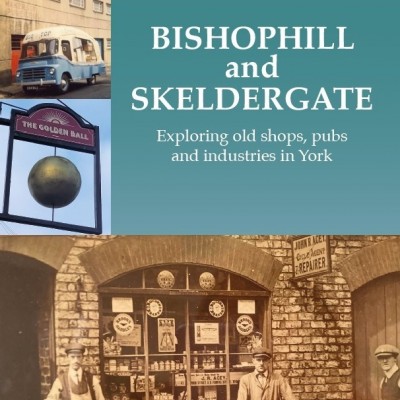




 WW2 commemoration gates at Rowntree Park
WW2 commemoration gates at Rowntree Park
